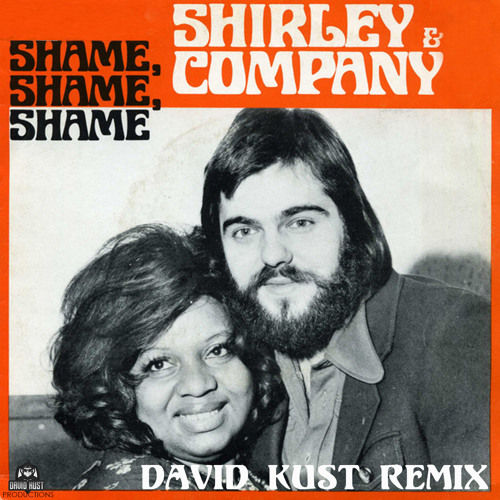
I skimmed through the rest of Rolling Stone's Encyclopedia of Rock and Roll yesterday. This second half ended up about half the length of the first installment. I guess I've always been more attracted to artists whose names fall in the N through Z range? Of course, few artists fall into the naming category of Q, U, W, X, Y, and Z, making it a much shorter section of the book. This is the more accurate answer for its brevity. Still, there are nearly 12 hours of music, so there is plenty to listen to! I am going to exclude the biographical synopsis of each artist this time. If you love any particular songs, google em'. Unfortunately, I don't have that kind of time to commit at this moment. Not to mention, I had to rush through the assemblage of that last list, and much of the historical information I referenced has already been forgotten.
In keeping with the spirit of music discovery, I'd also like to direct listeners to a handy tool I came across this week (though it has been around since at least 2013). Everynoise.com is a site designed by Glenn McDonald, the principal designer of the music intelligence and data platform, The Echo Nest. This platform was acquired by Spotify in 2014 and is responsible for the suggested music you are greeted or barraged by. How you feel about those suggestions may effect how you take to this tool.

The site is designed as an X-Y Scatterplot. At the top, the Y axis is mechanical, electronic sounds. The rhythms here are evenly spaced and computerized - Tech House at the top and descending to Deep Funk House and Electropop. As the Y axis, they pass through Australian Blues and West Bengali Pop on a musical journey to a more acoustic and humanized sound until eventually Settling at a final destination of Polish Classical Piano. The X-axis logic operates on instructions of musical density/sparsity. The left side is populated by all things Black Metal but also the white noise of rain. The right side is Hip Hop and Hot Jazz. The interaction of X and Y is just as captivating as tracking extremes.
The "map" was initially used as a diagnostic tool for testing human inputs against machine learning outcomes. Testing tens of millions of songs for success was an impossibility, but randomly exploring the predictable psychoacoustical attributes of a genre was one route for gauging accuracy. The primary issue with this approach is that sometimes many communities over time have decided to use the same name to describe very differently sounding musical ideas. Take Punk, for example. The Dead Boys, Minor Threat, and NOFX are similar but very different. The more niche the genre specification, the more accurate the map (and your Spotify recommendations presumably). The site conveniently allows you to search by artist (top right corner) as well:
Dead Boys = Early U.S. Punk, Punk
Minor Threat = Punk, D.C. Hardcore, Hardcore Punk, Straight Edge
NOFX = SOCAL Pop Punk, Punk, Skate Punk
Even within more specific genre specifications, there will always be inconsistencies. Sonic Reducer by Dead Boys is a very different song than Lonely Planet Boy The New York Dolls; another group described as Early U.S. Punk (though, to be fair, the site also classifies them as Glam Rock, Protopunk, Glam Punk, and Alternative Rock). Trash or Frankenstein are much more closely related to typical Dead Boys compositions.
My favorite feature of Everynoise is the "scan" function. You can scan particular genres for individualized artists or the entire map for a random genre. For example, I selected "Corrido" as a genre, and the scan suggested Chino Pacas and continued playing short previews of other artists until I pressed "stop." Using it more broadly, I was introduced to Dub Poetry, Norweigan Psychedelic, and Tajik Pop within a minute. Pressing the >> icon to the right of any genre will take you to a Spotify playlist in that style. It's such a fun, powerful tool.
There is also a function called the Canonical Path that will create a Playlist based on an initial artist that "going...outward, every other direction at once." Here is one I made for Dead Boys and one for Masumi Hara. In addition, you can search by record labels, or if you are seeking out new releases, you can quickly locate those by genre. This is probably the best answer to the question posed on P.J. Voight's recent episode of Search Engine, "How Do I Find New Music Now That I'm Old and Irrelevant."
Looking for new (mostly) music? This is a playlist of what I've been listening to this month.



This was just released on Friday. I'm going to try to keep this little segment as fresh as this from now on. In keeping with the spirit of this post, this was found through the Every Noise new releases section. This is a Brazilian band with psychedelic tendencies. Even if you don't dig the whole album, Todo Dia É De Mundanca is one of the best tracks produced this year.





Comments